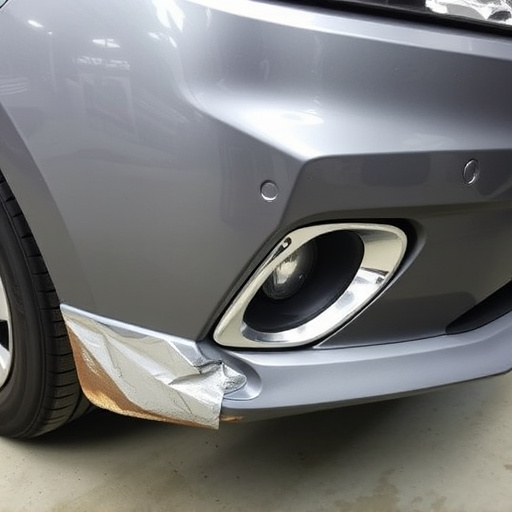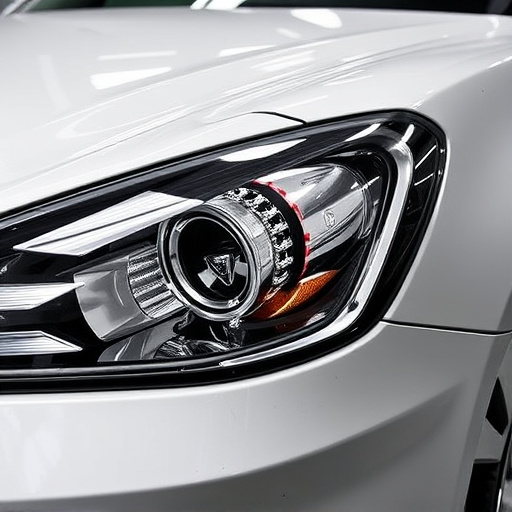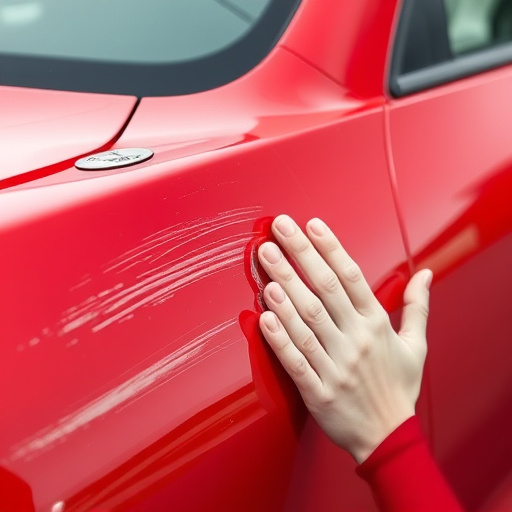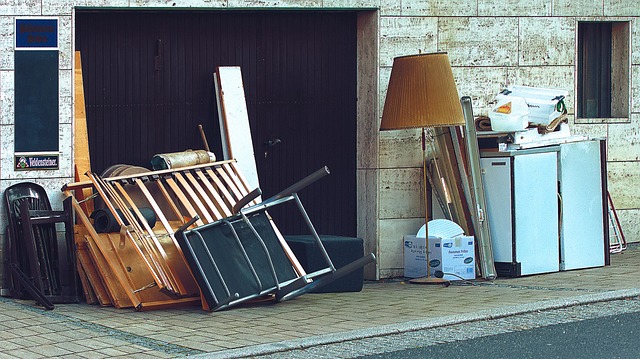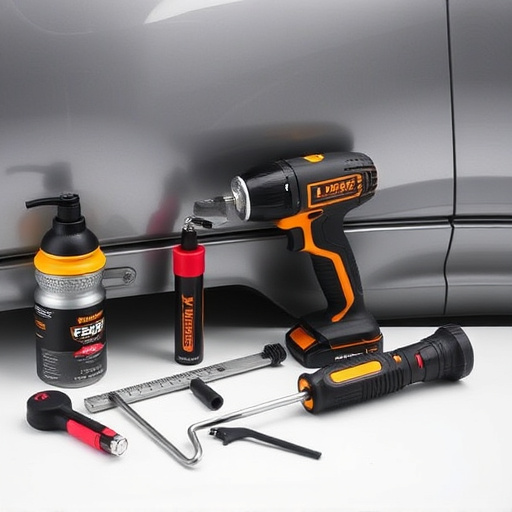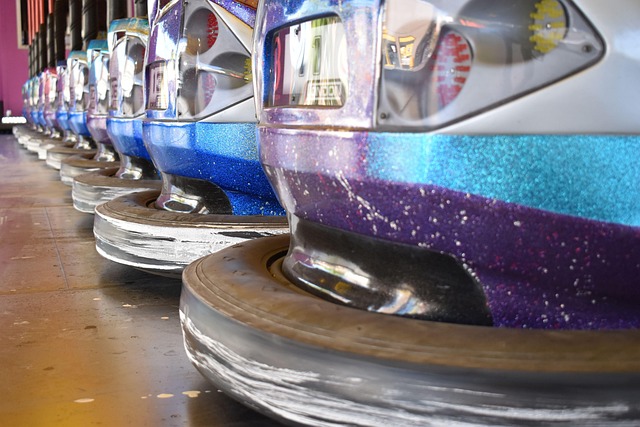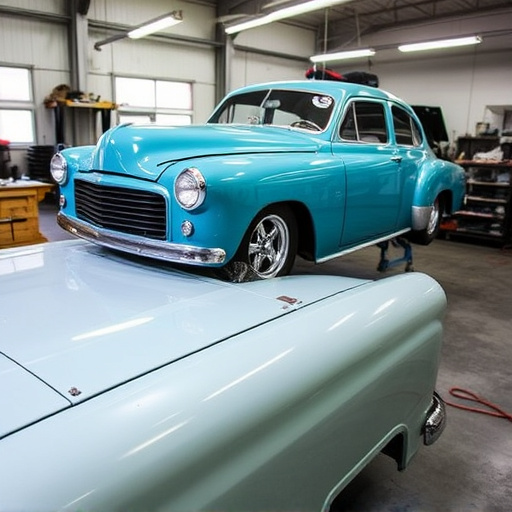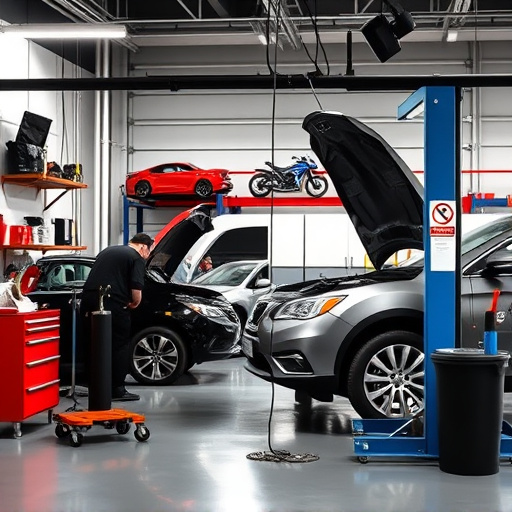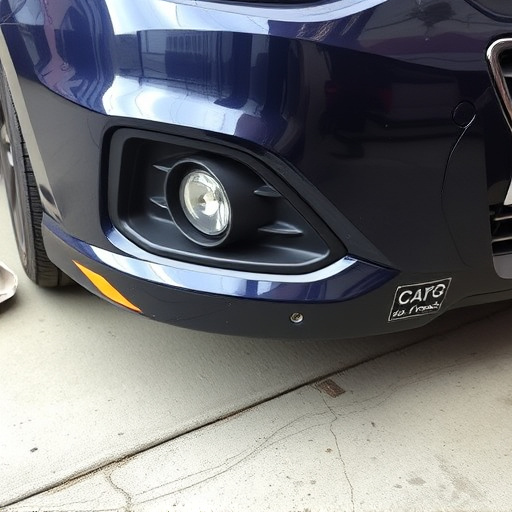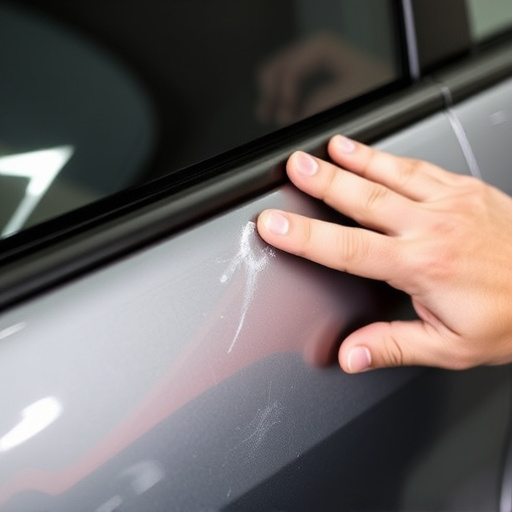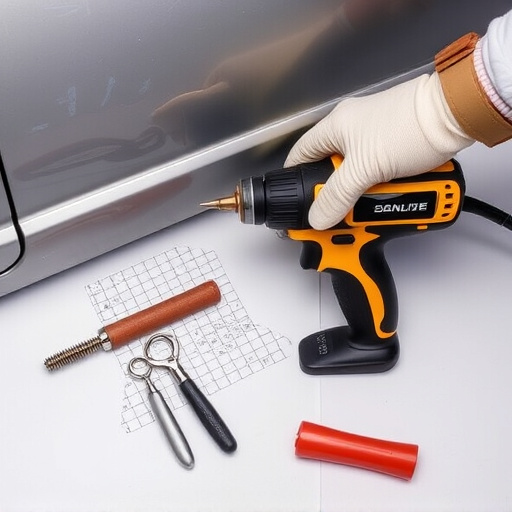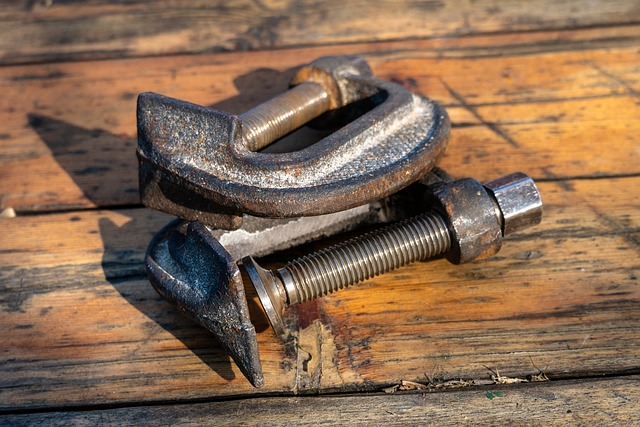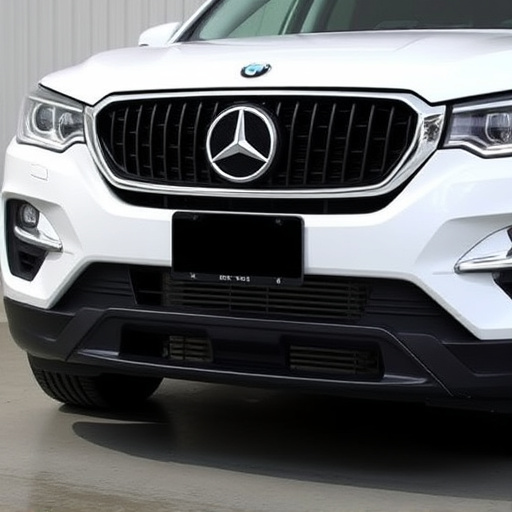Tesla's airbag system, a complex network of sensors, control modules, and airbags, requires regular maintenance and prompt repair for optimal safety. Age-related issues, environmental factors, and sensor malfunctions can lead to deployment problems or complete system failures. Skilled technicians follow stringent procedures for repairs, ensuring passenger safety and customer satisfaction while adhering to Tesla guidelines.
Tesla vehicles are renowned for their cutting-edge technology, but even advanced systems require maintenance. This article delves into the intricacies of Tesla’s innovative airbag system, exploring common issues that can lead to failure and providing a step-by-step guide for repairs. Understanding the key components and learning how to address potential problems is essential for ensuring optimal in-vehicle safety. Learn about effective Tesla airbag system repair methods and stay informed about recent recalls.
- Understanding Tesla's Airbag System and Its Components
- Common Issues Leading to Airbag System Failure
- The Repair Process: Step-by-Step Guide and Safety Measures
Understanding Tesla's Airbag System and Its Components
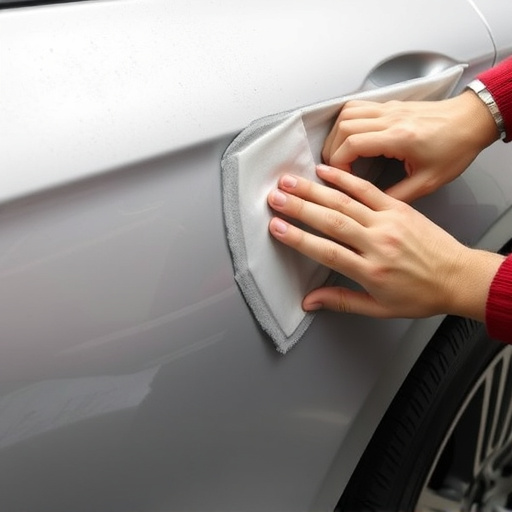
Tesla’s airbag system is a complex network designed to protect occupants during a collision. It consists of various components working in harmony: sensors, control modules, and airbags themselves. Each sensor detects impact and deploys the appropriate airbag at precisely the right moment. This intricate system ensures that the airbags inflate with speed and force, providing crucial protection.
Understanding these components is vital when considering Tesla airbag system repair. Regular auto maintenance can help identify potential issues early on, from faulty sensors to worn-out control modules. Even minor problems can have significant implications for safety, making timely tire services and auto body repairs essential. By addressing these concerns promptly, owners can ensure their vehicles remain reliable guardians, keeping them secure on the road.
Common Issues Leading to Airbag System Failure
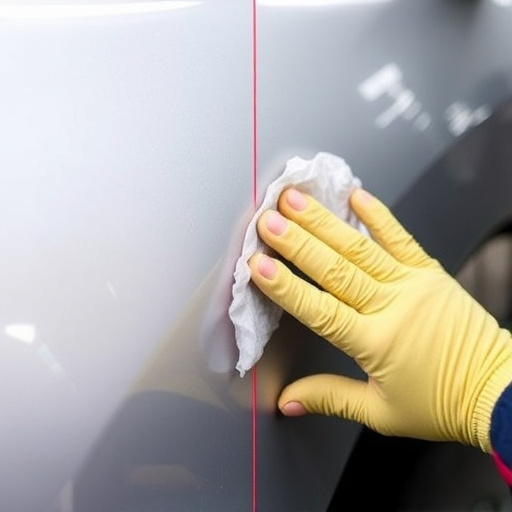
The Tesla airbag system, designed to protect occupants in the event of a collision, can encounter various issues over time. Common problems include sensor malfunctions due to dust, debris, or corrosion, leading to incorrect deployment. Another frequent issue is damaged or worn-out inflators, which can cause airbags to deploy erratically or not at all. These are critical components that must be in pristine condition for optimal safety.
Additionally, electrical faults within the control module—responsible for coordinating airbag deployment—can result in system failures. Over time, exposure to extreme temperatures, moisture, or accidents might compromise the integrity of wiring and connectors. When any part of this intricate network experiences malfunction, it can lead to partial or complete airbag system failure, necessitating a thorough Tesla airbag system repair from a trusted car repair shop.
The Repair Process: Step-by-Step Guide and Safety Measures
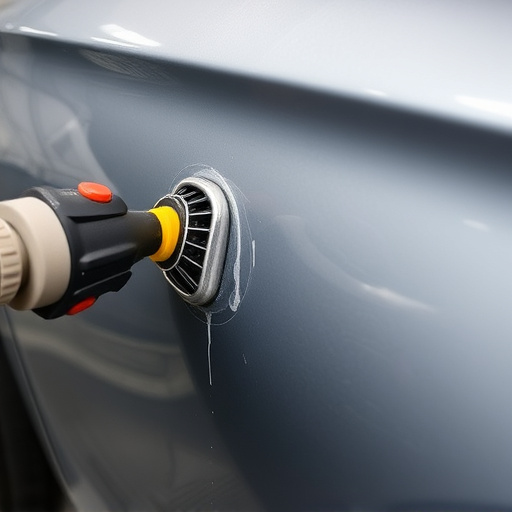
Tesla’s airbag system repairs involve a meticulous process designed to ensure maximum safety and performance. Here’s a step-by-step guide:
1. Safety First: The vehicle is securely jacked up and supported, with wheel chocks for stability. Accessing the damaged area safely is paramount before any repair begins.
2. Diagnostic Scanning: A diagnostic scanner identifies the specific airbag module requiring repair or replacement. This step ensures the right components are targeted, streamlining the process.
3. Removal & Inspection: Skilled technicians carefully remove the faulty airbag module, inspecting it for damage and assessing its condition. This involves meticulous disassembly and examination.
4. Repair/Replacement: Depending on the severity, the airbag module is either repaired or replaced. Repairs focus on fixing internal components while replacements involve installing a new module, adhering to Tesla’s stringent quality standards.
5. Reinstallation & Testing: After repair or replacement, the module is meticulously reinstalled, ensuring proper connections. Rigorous testing follows to verify functionality and safety.
6. Frame Straightening (if necessary): In cases of severe impact, frame straightening may be required to restore structural integrity, a crucial step in maintaining overall vehicle safety.
7. Automotive Body Work Completion: Once the airbag system is successfully repaired or replaced, other related automotive body work can be addressed, ensuring the vehicle’s exterior is restored to its pre-accident condition.
8. Car Repair Services Quality Assurance: Reputable car repair services for Tesla vehicles adhere to manufacturer guidelines and industry best practices throughout this process, guaranteeing both safety and customer satisfaction.
Tesla’s commitment to vehicle safety is evident through its advanced airbag systems. However, like any complex mechanism, the airbag system can experience issues over time. Common problems such as sensor malfunctions, inflator defects, or electrical failures may require a Tesla airbag system repair. By understanding the components and following a structured repair process, owners can ensure their vehicles are safe and compliant with recall procedures. Regular maintenance and prompt addressing of any anomalies contribute to the overall reliability and peace of mind for Tesla drivers.
